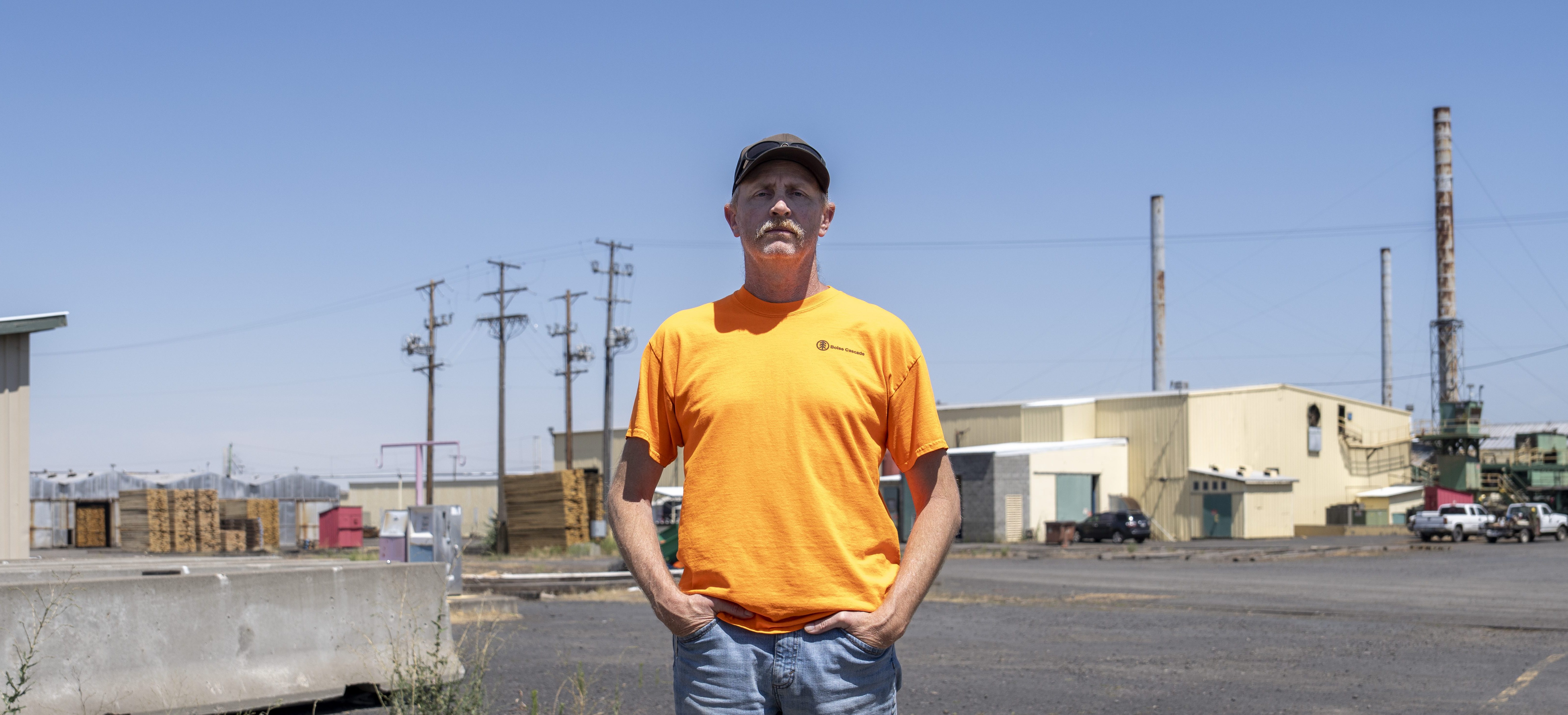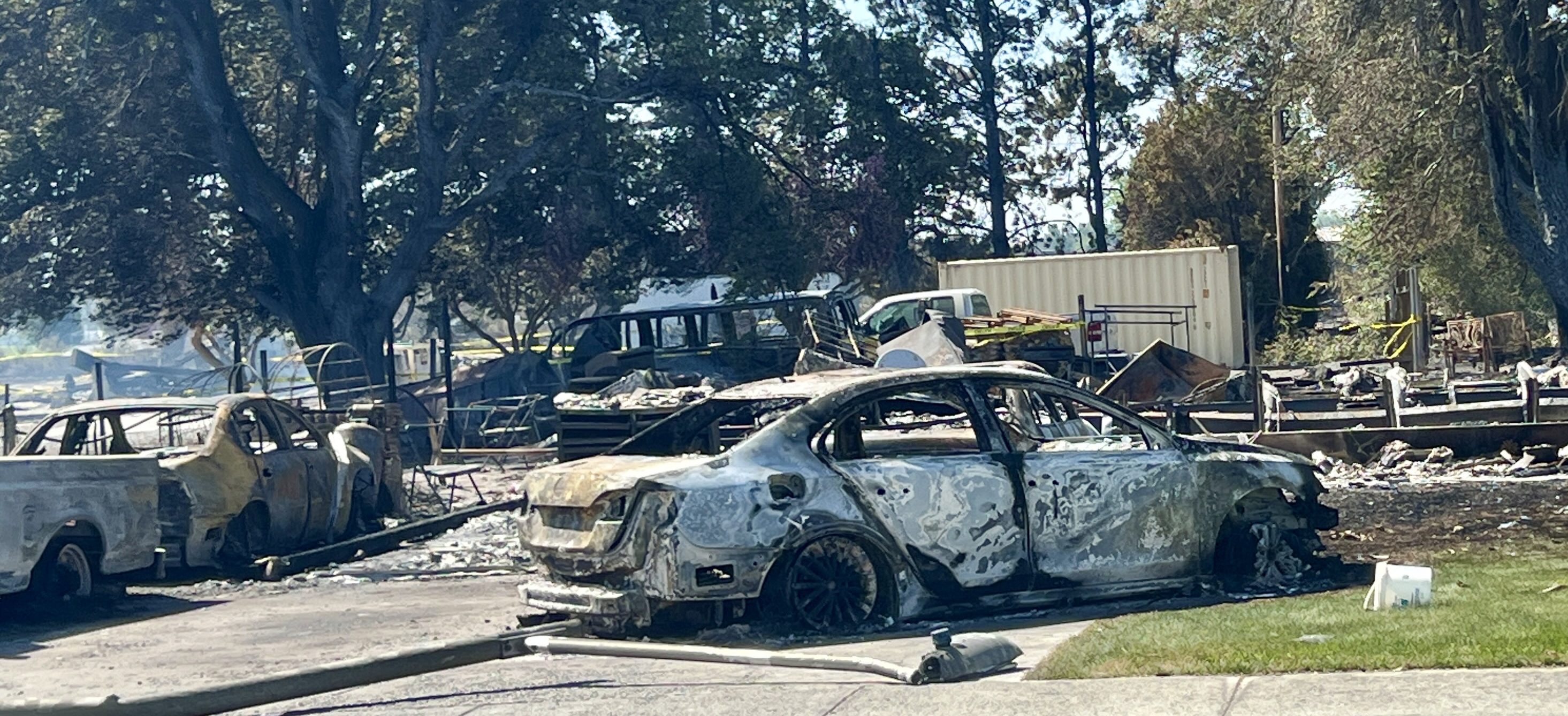Ranchers eye Grassy Mountain Gold proposal in southeastern Oregon
Published 8:00 am Tuesday, December 6, 2022

- Rusty Inglis rests after a day of branding.
VALE — The proposed Grassy Mountain Gold mine south of Vale is not generating major concern among local ranchers.
“It will be a few extra jobs, and they will have to fix the road,” said Steve Russell, a rancher in central Malheur County. The project “will be good for the area.”
Trending
The U.S. Bureau of Land Management accepted the operations plan for the proposed underground mine. The permitting milestone “is a first for a gold mine and recovery facility in Oregon and advances Grassy one important step closer to a construction decision,” Glen Van Treek, Paramount president and chief operating officer, said in a Nov. 29 release.
The project comprises about 8,200 acres in Malheur County. The gold and silver deposit is entirely on private land. County permits are in hand and a state permitting process continues, the company said.
Paramount intends to develop an underground mine and associated chemical processing facilities.Its proposal before the bureau is to develop a processing facility and infrastructure on about 470 acres of BLM-administered land in Malheur County, including upgrading some existing roads to access the operation, said Larisa Bogardus, Vale District public affairs officer.
The mine would be on private land, the processing facility on BLM land.
The bureau deemed the operations plan complete, Bogardus said. That triggered the National Environmental Policy Act public review process, which it will start by publishing a notice of intent to prepare an Environmental Impact Statement. The statement would analyze any future impacts to public land grazing and consider road upgrades on BLM land.
The state Department of Geology and Mineral Industries also is reviewing the project.
Trending
“No rumblings at all from Malheur County on the topic” have emerged, said Rusty Inglis, Oregon Cattlemen’s Association district vice president serving Malheur, Harney and Grant counties.
The Grassy proposal also is yet to come up in his capacity as state Farm Bureau livestock committee chairman.
Farming does not occur in the area, which is rangeland, so the Malheur County Farm Bureau does not have an opinion on it, county President Kyler Clark said.
“It doesn’t seem like a ginormous area that would be affected,” said Chris Christensen, Malheur County Cattlemen’s Association president. The use of fenced private land limits impact on livestock.
If groundwater is pumped, other wells in the area could be affected — though existing water rights are not allowed to be infringed, he said.
“It will have operating wells, the same as other businesses,” said Andy Bentz, a former longtime Malheur County sheriff working as a consultant for Paramount. “Is that going to short somebody in agriculture? No.”
Cattle would continue to have access to water, and some already are watering from a well drilled on the site years ago, he said.
The project, in a high-desert bowl, would not use water from Owyhee Reservoir or produce inflow to it, Bentz said.
The Owyhee Irrigation District board has not been approached about providing reservoir water to the project, member Bruce Corn said.
The site is several miles from the reservoir and north of the area that a proposed Owyhee wilderness bill would affect, said Russell, who has worked on the bill.
His family’s small to mid-sized ranch once bordered a grazing allotment the long-proposed project would impact but now operates to the south. The ranch has some ground less than 5 miles from the project area, and “sometimes we use it, sometimes we don’t,” he said.
“I don’t see any drawback,” Russell said. The project “would be good for Malheur County, for the economy.”









